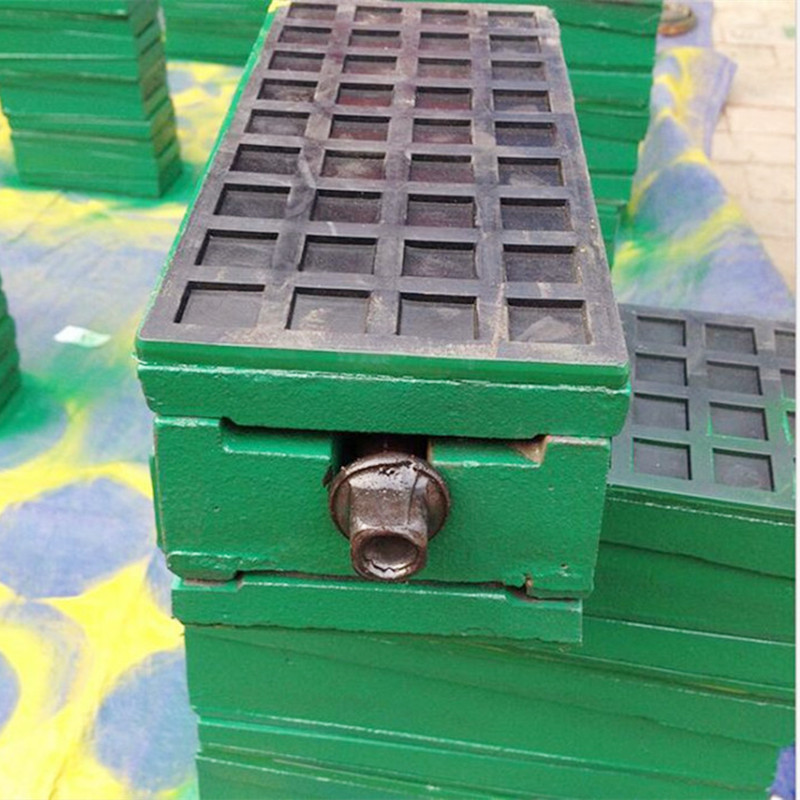அக் . 04, 2024 20:28 Back to list
different types of ball valves
Different Types of Ball Valves
Ball valves are essential components in fluid and gas control systems, widely used across various industries due to their reliability, durability, and ease of operation. They provide excellent sealing capabilities and are often favored for their straightforward design and quick on/off capabilities. This article discusses the different types of ball valves, detailing their unique characteristics, applications, and benefits.
1. Standard Ball Valve
The standard ball valve features a spherical disc (the ball) that controls the flow of liquid or gas through the valve. When the valve is open, the hole in the ball aligns with the flow direction, allowing fluid to pass through. Conversely, when the valve is closed, the ball rotates 90 degrees to block the flow. These valves are suitable for various media and are commonly used in water, oil, and gas systems.
2. Floating Ball Valve
In a floating ball valve design, the ball is not fixed in place but instead floats between the seats. This allows for a tight seal as the ball is forced against one seat when the valve is closed. Floating ball valves are generally used in low-pressure applications and provide excellent sealing performance as the ball can adjust itself based on the flow pressure. They are ideal for water distribution systems and other similar applications.
A trunnion mount ball valve features a ball that is supported by bearings at both the top and bottom, providing extra stability, especially in high-pressure situations. The design allows the ball to remain in position during operation, reducing wear on the seats and providing a reliable seal even under fluctuating pressures. Trunnion valves are often utilized in the oil and gas industry and other high-pressure applications, such as chemical processing.
4. V-Port Ball Valve
different types of ball valves

The V-port ball valve has a V-shaped ball that allows precise control of flow rates. This type of valve is particularly effective in applications requiring throttling or regulation of flow, rather than just on/off functions. The unique shape of the valve permits finer adjustments and better control over varying flow conditions, making it advantageous in processes such as chemical manufacturing and water treatment.
5. Multi-Way Ball Valve
Multi-way ball valves, often referred to as three-way or four-way valves, provide more than one flow path. These valves can facilitate the diversion or mixing of fluids, allowing for more complex flow arrangements within a system. They are often used in applications where it is necessary to redirect flow from one source to another or to mix different fluids in a controlled manner.
6. Chemically Resistant Ball Valve
In industries where corrosive fluids are handled, chemically resistant ball valves are critical. These valves are constructed from materials that can withstand harsh chemicals, such as PTFE (Teflon) or PVDF (Polyvinylidene fluoride). These materials prevent damage and ensure longevity and reliability in extreme conditions. Chemically resistant ball valves are commonly used in chemical processing, pharmaceuticals, and food processing applications.
7. Electric Actuated Ball Valve
Electric actuated ball valves combine ball valve functionality with an electric actuator, allowing for automated control of flow. These valves can be remotely operated, adding convenience and efficiency to many processes. They are suitable for applications where precise control and remote operation are required, such as in HVAC systems and industrial automation processes.
Conclusion
Ball valves come in various designs, each tailored to meet specific operational needs and environmental conditions. Whether opting for a simple floating ball valve or a sophisticated electric actuated model, understanding the different types of ball valves can help in selecting the right one for any application. Knowing the characteristics and applications of each type ensures improved efficiency, reliability, and safety in fluid control systems, ultimately supporting the diverse needs of different industries. As technology advances, the development of new materials and designs will likely lead to even more specialized and effective ball valve solutions in the future.
-
Why Metric Trapezoidal Thread is Ideal for Precision Motion ControlNewsAug.05,2025
-
The Unique Properties of a Block of Granite for Industrial UseNewsAug.05,2025
-
The Role of Flanged Y Strainers in Preventing Pipeline ClogsNewsAug.05,2025
-
The Importance of Regular Calibration for Master Ring GagesNewsAug.05,2025
-
How a Cast Iron Surface Table Enhances Accuracy in ManufacturingNewsAug.05,2025
-
Comparing Different Check Valve Types for Optimal Flow ControlNewsAug.05,2025
Related PRODUCTS









